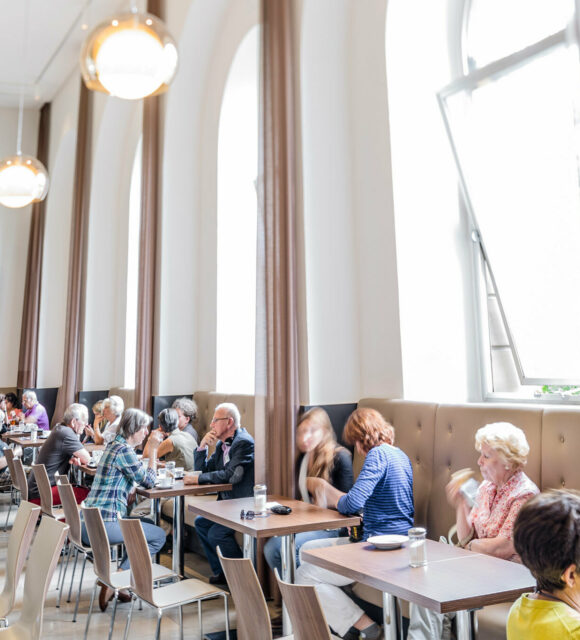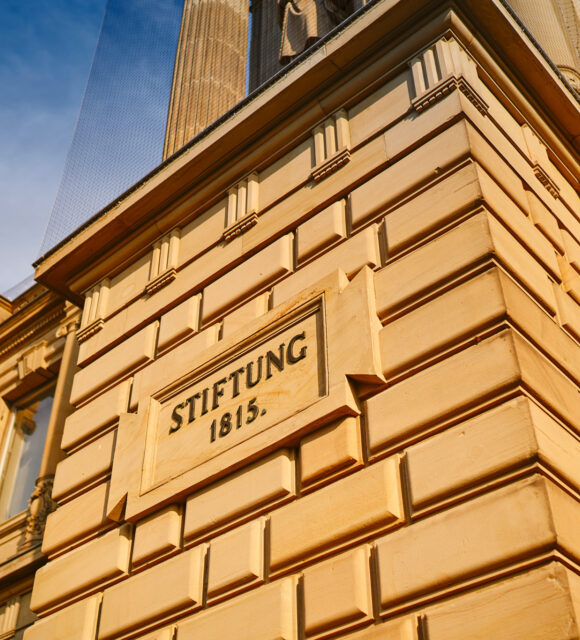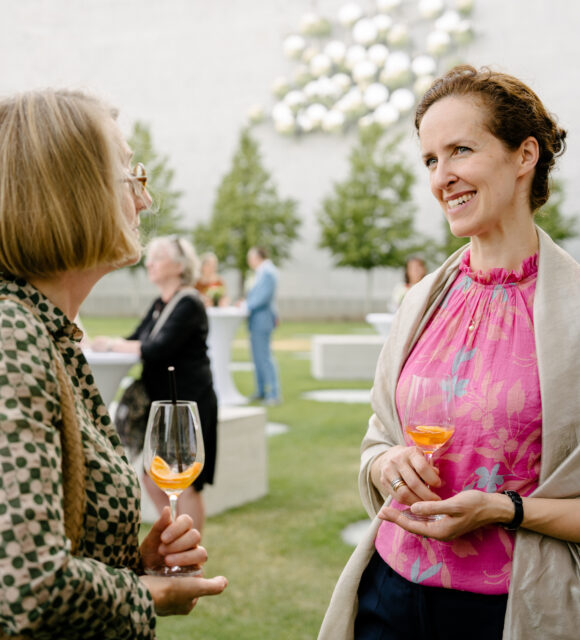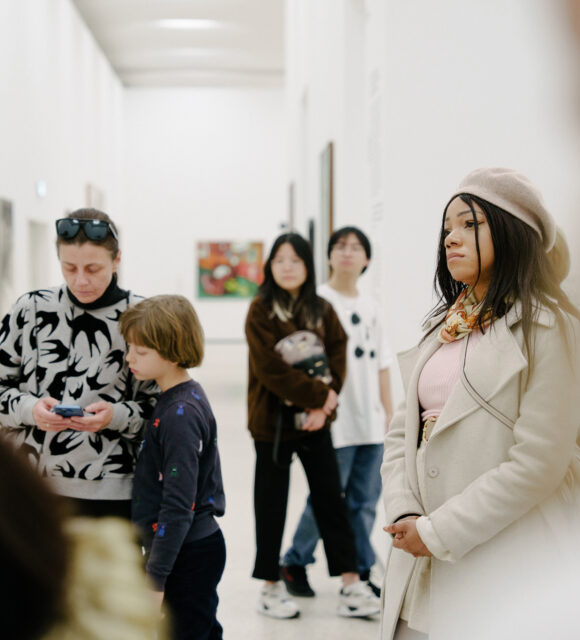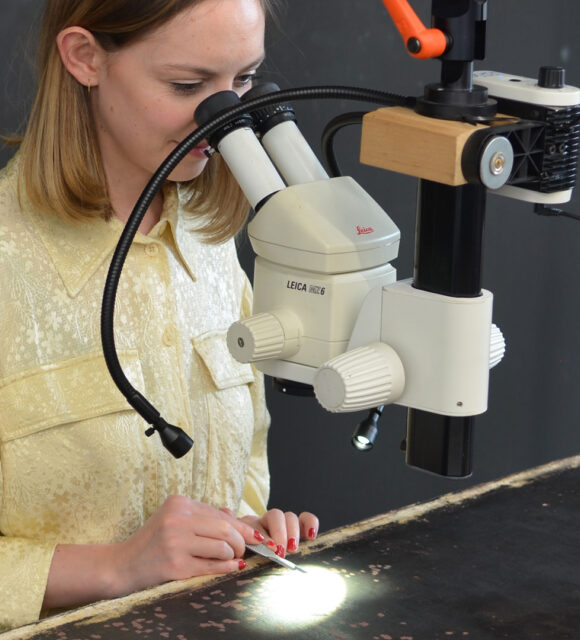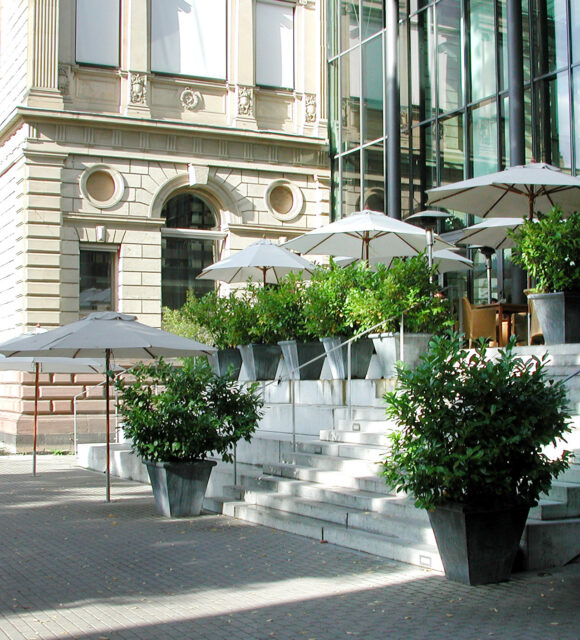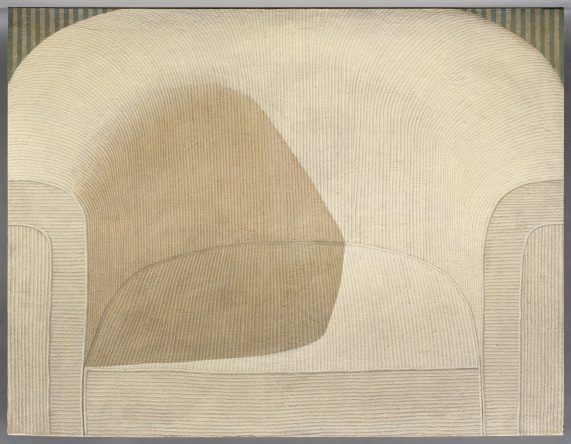
The current cabinet presentation in the Garden Halls showcases works of art by Italian artist Domenico Gnoli (1933–1970), who captured hairstyles, ties, shoes, armchairs, and other motifs, always in a detail-like manner that lends them a voluminous quality.
About the Presentation
These compositions bear only a seeming affinity to Pop Art: The son of an art historian was actually inspired by photographic enlargements of details in specialist art-historical literature. Yet whereas there such images fulfil an explanatory function, in Gnoli’s work they cause a sense of alienation. In the enlarged detail, the commonplace object transforms into something strangely different, something familiar and unfamiliar at once. Surfaces, patterns, and textures gain an abstract value of their own that is further heightened by the sand mixed into the paint.
Amplified by the attention we give it, the common object is more important, more beautiful, and more horrible that any fantasy could have made it. It says more about me than anything else, fills me with fear, loathing, and delight.
Gnoli’s ‘detail views’ are full of memories and hidden stories. The fact that those stories remain untold is part of what constitutes their suggestive power. Indeed, his drawings and illustrations are a product of the pleasure taken in inventing fantastical tales. Narrative elements emerge in the etchings as well. There Gnoli’s fascination with texture and material translates into a gossamer weave of densely layered clusters of strokes. What appears at first to be a seemingly contradictory oeuvre thus comes together in a cohesive whole.
The cabinet presentation provides insight into Domenico Gnoli's poetic work and, together with the painting “Poltrona,” which was acquired for the collection thanks to a partial donation from Herbert Meyer-Ellinger and the support of the Städelkomitee, displays two drawings and twelve prints by the artist, who died at an early age.
Curator
Dr Regina Freyberger (Head of Prints and Drawings after 1800, Städel Museum)
Your Visit
-
-
Tue, Wed, Fri, Sat, Sun 10 am – 6 pm
Thur 10 am – 9 pm
Mon closed
-
Tue, Wed, Fri, Sat, Sun 10 am – 6 pm
-
- Entry From €16 / €14, €9 Tue from 3 pm
-
- Schaumainkai 63, 60596 Frankfurt am Main
Around the Museum
Support Your
Städel Museum Now
Get involved by making a donation to your favorite cause or by providing general support. Your contribution—whether large or small—is a valuable gift for the future of the museum.





